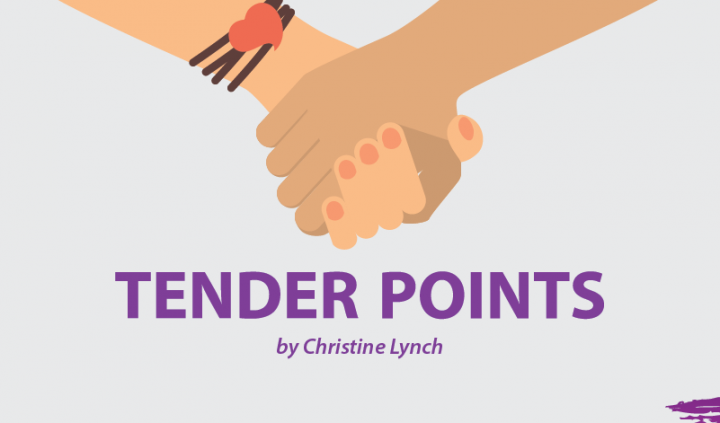Many people believe they’ve never meditated. Chances are they’re wrong. We practice meditation frequently in our daily lives — often without realizing.
Breathing exercises taught as stress or pain management techniques are perfect examples. Inhale for a count of four, hold for a count of five, then exhale for a count of six. There, you’ve just meditated! Meditation is often thought to be more complicated than it is. However, a dictionary definition is simply “the act of giving your attention to only one thing, either as a religious activity or as a way of becoming calm and relaxed.”
Having battled anxiety all my life, I’ve explored many forms of meditation. My first experience was with mindfulness meditation as taught by Jon Kabat-Zinn. His technique is to focus on the breath, watching it come in and out rather than controlling it. My greatest challenge with this form and other methods of meditation I tried was to overcome the sense of failure I felt when my mind wandered. What I didn’t recognize then was that the act of refocusing the mind was what meditation is all about. I was successfully meditating without realizing it.
I later learned that, unless you’re a monk sequestered from the world, your mind will wander when meditating. However, the more you practice, the better your proficiency becomes. In time, it will become easier to focus and stay centered without becoming distracted.
It’s interesting to note that many commonly used forms of meditation are borrowed from religious practices. If you’re a Catholic and have recited a rosary, you’ve meditated. Prayers said repetitively are the equivalent of chanting in meditation. Hinduism gave us yoga with “om” as a mantra or focal point, which has become synonymous with meditation itself. Zen Buddhists have their koans, or puzzles without answers. For example, “What is the sound of one hand clapping?” What dedication it must take to focus on the answer to this question for more than the time it takes to ask it.
Another contribution from the Buddhist faith is loving-kindness meditation. This practice entails sending specifically worded wishes for safety, happiness, health, and well-being first to yourself, then to someone you love, next to someone you know, then to a stranger, and finally to the entire world.
Here is a link to a 13-minute script of a loving-kindness meditation created by a researcher at Stanford University’s Center for Compassion and Altruism Research and Education. You can follow along to discover whether this feels calming and helpful to you.
I find this meditation to be particularly soothing when I’m having a very bad day. As a child, I learned that one way to feel better is to do something for someone else. Because this meditation is directed outward as well as inward when I practice, it’s like I’m helping someone besides myself. It reminds me of my place in this world no matter how ineffective I happen to be feeling at that time. I hope it works as well for you as it does for me.
***
Note: Fibromyalgia News Today is strictly a news and information website about the disease. It does not provide medical advice, diagnosis, or treatment. This content is not intended to be a substitute for professional medical advice, diagnosis, or treatment. Always seek the advice of your physician or other qualified health provider with any questions you may have regarding a medical condition. Never disregard professional medical advice or delay in seeking it because of something you have read on this website. The opinions expressed in this column are not those of Fibromyalgia News Today, or its parent company, BioNews Services, and are intended to spark discussion about issues pertaining to fibromyalgia.

